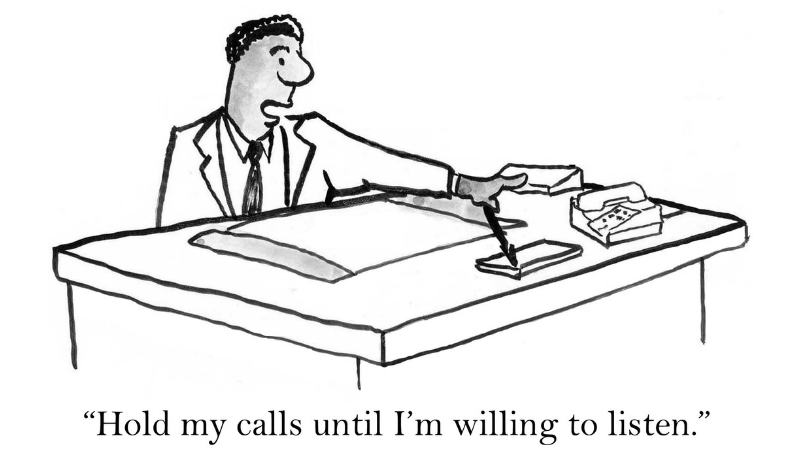Mood Trackers: What You Need to Know
I posted a request in the Facebook group for articles people were interested in. Here’s the first post requested.
When I was first diagnosed with Depression in March of 2016, my therapist immediately signed me up for the depression classes offered by my health care provider. (This is one of the reasons I appreciate my care provider; they take mental health pretty seriously. It’s not perfect, but it’s still one of the best systems I’ve interacted with.)
I learned a lot across those four weeks, and that’s what I’m sharing with you here.
The first thing they had us do is fill out mood trackers. We took a questionnaire of the most common symptoms of anxiety and depression and identified how many days we’d experienced them over the prior week, and each option had a numerical value. Our choices were: Not at All (0 points), Several Days (1 point), More than Half of the Days (2 points), and Nearly Every Day (3 points).
The mood trackers included simple questions:
– Little interest or pleasure in doing things
– Feeling down, depressed, or hopeless
– Trouble falling or staying asleep, or sleeping too much
– Feeling tired or having little energy
– Poor appetite or overeating
– Feeling bad about yourself
– Difficulty concentrating on things
– Changes in activity levels
– Feeling nervous, anxious, or on edge
– Inability to control or stop worrying
– Feeling unproductive at work or other daily activities
– Having trouble focusing on achieving goals
Once we put in the values for each of these items, we added up our scores. Then, we placed our values from the mood trackers on a graph to help us visualize the progress we were making. Some weeks, I saw strong growth.
Other weeks, my scores would go back up, usually when I was dealing with an especially rough topic in therapy. Over time, however, I saw that the scores on my mood trackers dropped from being very high to increasingly lower.
Even after my depression class was over, I continued to use mood trackers. Doing so helped me identify when my progress plateaued, which helped me make the decision to seek out medication for my depression (ultimately leading to the reclassification of my diagnosis to bipolar disorder II).
Watching our scores shift and change is one of the strongest benefits of mood trackers. Our disorders are intangible; it’s not a like a wound we can watch heal or a house being built.
Usually, progress is made slowly, which makes it even harder to see that we are feeling better than we did three months or that our mood has slipped in the last two weeks. Depression and anxiety, in particular, sneak up on us and it can be hard to know when we’ve shifted from a bad day to depression or from a natural moment of worry to a persistent state of anxiety.
Beyond seeing changes that tip us off to concerns or help us pat ourselves on the back, mood trackers give us important information as well. They can tell us that what we are doing is great – when our scores are low and remain so, that tells us that we have our treatment plan dialed in pretty tightly. Go you!
When the scores from our mood trackers stay persistently high, that is also valuable information. Perhaps we need to take a look at the Four Pillars of self-care and make some changes.
Maybe our medications are not as effective as they once were. Perhaps we need to change our therapist or our environment. Often, even small changes have a significant impact.
For me, cutting sugar out of my diet resulted in a considerable increase in energy and improved mood. (I’ve since fallen off that particular wagon, but I’m working my way back into it because of how helpful it was.)
If I’ve gotten your attention and you are interested in using mood trackers, there are a few options for you. Firstly, you can create your own manually. Simply identify what you want to monitor and how often you want to do the tracking, and then create a chart. This is an especially great option for those who love bullet journaling.
When I went the manual route, I found that keeping my mood trackers in a highly visible place was essential to consistency. I filled mine out weekly, but I kept the chart by my monitor in my office.
It was my job every Monday to fill it out, and then it went right back to its home. You may want to keep yours on your bathroom mirror, or on your refrigerator. Whatever you choose, have a plan to help you stick with this commitment to yourself.
If the manual route is too much for you, feel free to create a spreadsheet in Microsoft Excel, Google Sheets, or Apple Numbers. For those of us who think in spreadsheets, this is a simple solution and the best way to keep us motivated to use it.
For many, apps are the best option. There are a lot of apps for both Android and iOS systems, and they vary in the features they offer. Some are free, and most offer premium features. I would look at those and especially pay attention to the reviews you find. And, it’s OK to try several of these mood trackers before settling on one.
Whatever system you choose, keeping it simple leads to more success. The easier it is for us interact and use, the more likely it is that we will stick with it and gain the benefits from it that we desire.
Have you used a mood tracker? What did you find works best for you?
Looking for daily inspiration and community? Join our warm and supportive Facebook group!








